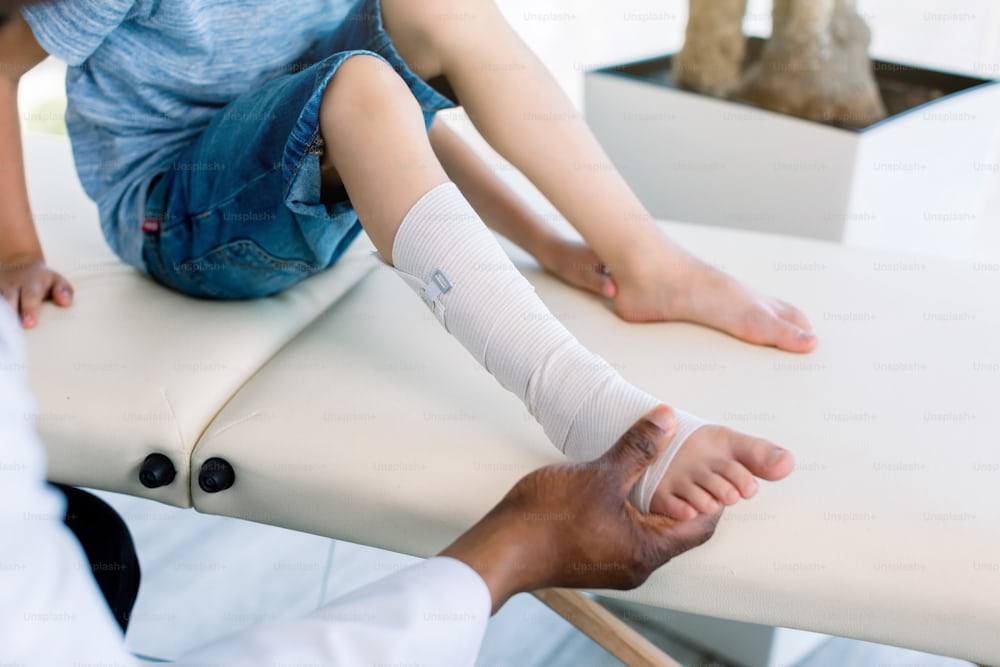Handrails are essential safety features in many buildings, providing support and stability for people navigating stairs and ramps. However, handrails can pose significant hazards when broken or poorly maintained. The consequences of a broken handrail can be severe, leading to serious injuries or even fatalities.
Understanding the risks associated with broken handrails and how to address them is crucial for ensuring safety in public and private spaces. This article explores the dangers of broken handrails, the types of injuries they can cause, and the importance of proper maintenance and legal recourse. For those involved in Buffalo slip and fall cases, seeking legal assistance can help secure the necessary support and compensation.
The Role of Handrails in Safety
Handrails serve as critical support structures that help prevent falls and provide stability, particularly for individuals with mobility issues, the elderly, and children. They are commonly found in stairwells, ramps, and walkways, with a higher risk of falling. Handrails can help people maintain their balance and navigate these areas safely by offering a firm grip.
Properly installed and maintained handrails are essential for their effectiveness. They must be securely anchored, damage-free, and placed at an appropriate height to ensure accessibility for all users. When handrails are broken or missing, the likelihood of falls and injuries increases significantly.
Common Causes of Broken Handrails
Several factors can contribute to the deterioration or breakage of handrails. Wear and tear over time, exposure to harsh weather conditions, and lack of regular maintenance are common causes. In some cases, handrails may be damaged by vandalism or heavy use in high-traffic areas.
Building owners and managers are responsible for inspecting handrails regularly and addressing any issues promptly. Failing to maintain handrails can lead to dangerous conditions that put occupants and visitors at risk. Proactive maintenance and timely repairs are crucial for preventing accidents.
Types of Injuries from Broken Handrails
Falls resulting from broken handrails can lead to a wide range of injuries, some of which can be quite severe. Here are the key points to consider:
- Fractures: These are common in the arms, wrists, and hands as individuals instinctively try to break their fall.
- Sprains and Dislocations: These injuries frequently affect the limbs and joints, resulting in pain, swelling, and limited mobility.
- Head Trauma: Falls can cause serious head injuries, including concussions or traumatic brain injuries, with long-lasting effects on cognitive and physical abilities.
- Spinal Cord Injuries: Falls from broken handrails can result in spinal cord damage, potentially leading to paralysis or other severe mobility impairments.
- Internal Injuries: The force of a fall can cause internal injuries, such as organ damage or internal bleeding, which require immediate medical attention.
Legal Responsibilities of Property Owners
Property owners and managers are legally obligated to ensure their premises are safe for occupants and visitors. This includes maintaining handrails in good condition. When a person is injured due to a broken handrail, the property owner may be held liable for negligence if it can be proven that they failed to uphold their duty of care.
In Buffalo slip and fall cases, victims can seek compensation for medical expenses, lost wages, pain and suffering, and other damages. Consulting with an experienced attorney can help injured parties navigate the legal process and hold negligent property owners accountable.
Importance of Regular Inspections
Regular inspections are essential for identifying and addressing handrail issues before accidents occur. Building owners and managers should conduct routine checks to ensure that handrails are secure, damage-free, and compliant with safety standards. Any signs of wear, rust, or instability should be addressed immediately.
Professional inspections by qualified personnel can also help identify potential hazards that might be overlooked during routine maintenance. Implementing a schedule for regular inspections and repairs can significantly reduce the risk of injuries and enhance overall safety.
Preventative Measures
In addition to regular inspections, several preventative measures can help maintain the integrity of handrails. Using high-quality materials that withstand wear and environmental conditions can enhance durability. Proper installation by skilled professionals ensures that handrails are securely anchored and meet safety standards.
Educating building occupants about reporting damaged handrails and encouraging a safety culture can also contribute to prevention. Promptly addressing reported issues and maintaining open communication channels for safety concerns are key components of an effective maintenance strategy.
Addressing Handrail Safety in Public Spaces
Ensuring the safety of handrails in public spaces is a critical responsibility for property managers and city officials. Public buildings, such as schools, libraries, and government offices, see high foot traffic and serve diverse populations, including the elderly and those with disabilities. Broken or poorly maintained handrails in these settings can lead to serious injuries and potential legal liabilities.
Proactive measures, such as regular inspections and maintenance protocols, are essential to prevent accidents. Training staff to recognise and report handrail issues can also create a safer environment. Implementing these safety practices helps protect the public and reduces the risk of costly lawsuits and settlements related to falls caused by broken handrails.
Steps to Take if Injured by a Broken Handrail
If you or a loved one is injured due to a broken handrail, it is important to take certain steps to protect your rights and seek compensation. First, seek medical attention immediately to address any injuries and document your condition. Taking photographs of the broken handrail and the surrounding area can provide crucial evidence.
Reporting the incident to the property owner or manager and obtaining a copy of the incident report is also essential. Contacting an attorney experienced in Buffalo slip and fall cases can help you understand your legal options and pursue a claim for damages.
The Impact on Vulnerable Populations
Broken handrails pose an even greater risk to vulnerable populations such as the elderly, individuals with disabilities, and young children. These groups often rely on handrails for additional support and stability when navigating stairs and ramps. A fall caused by a broken handrail can lead to more severe injuries in these individuals due to their increased susceptibility to fractures and other serious injuries.
Ensuring handrails are properly maintained is particularly crucial in facilities catering to these populations, such as nursing homes, hospitals, and schools. Regular maintenance and prompt repairs can prevent accidents and protect those most at risk. By addressing the specific needs of vulnerable populations in safety planning, property owners can create environments that are safe and accessible for everyone.



